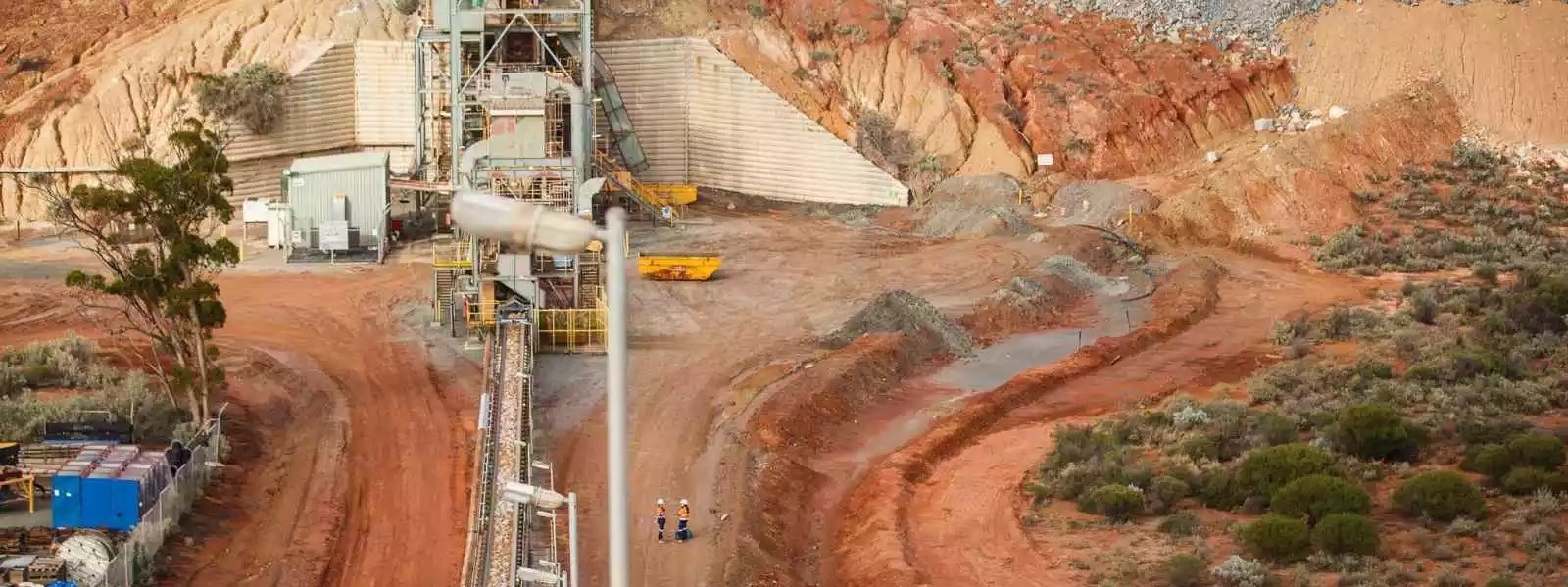According to recent research, around 0.5% of global carbon emissions might be recovered during the typical crushing process of frequently used construction rocks by crushing them in CO2 gas.

Image Credit: University of Strathclyde.
According to the research published in Nature Sustainability, trapping the CO2 would need essentially no additional energy. 0.5% of the global emissions is equal to planting a forest the size of Germany composed of mature trees.
The materials and building business accounts for 11% of worldwide carbon emissions. Each year, more than 50 billion tons of rock are crushed around the world, and current crushing techniques, common in construction and mining, do not capture CO2.
Rock Powders
Earlier studies have investigated trapping carbon into single minerals using the same way/ However, the University of Strathclyde’s research demonstrates that this is unstable and dissolves out of the mineral when immersed in water. The research describes how grinding in CO2 gas traps a higher proportion of carbon dioxide in a stable, insoluble state in rocks consisting of various minerals.
The resulting rock powders can then be kept and used for construction and other applications in the environment.
The 0.5% estimate was used as an example since Norway discloses annual data on the volume of hard rock aggregate generated for their building industry, as well as annual national CO2 emissions.
The hope is that the sector could reduce the emissions by adapting the current setups to trap carbon from polluting gas streams such as those from cement manufacture or gas-fired power stations.
Rebecca Lunn, Principal investigator and Professor, Department of Civil & Environmental Engineering, University of Strathclyde
Rebecca Lunn adds, “The global estimate is based on the assumption that Norway’s construction industry is reasonably typical. Some countries such as Australia and South Africa will actually produce far more, as they have large mining industries and will look to crush and sell the waste rock, while others may be less.”
If the technology was adopted worldwide in aggregate production, it could potentially capture 0.5% of global CO2 emissions—175 million tons of carbon dioxide annually. Future research can pin this down, as well as optimize the process to trap more carbon.
Rebecca Lunn, Principal investigator and Professor, Department of Civil & Environmental Engineering, University of Strathclyde
Crushing Technique
Now we know that CO2 trapping in most hard rock can be done in a lab, we need to optimize the process and push the limits of how much can be trapped through the crushing technique. We then need to understand how this process can be scaled up from the lab to industry, where it can reduce global CO2 emissions. If this process was applied, the CO2 footprint associated with building houses and public infrastructure could be greatly reduced, helping to meet global objectives to combat climate change.
Dr. Mark Stillings, Co-Investigator, University of Strathclyde
Countries throughout the world committed to limiting global warming to well below 2 ºC, ideally 1.5 ºC, relative to pre-industrial levels as part of the Paris agreement.
To do so, nations must cut their greenhouse gas emissions to “net zero” by 2050.
Professor Lunn notes, “There are many industries for which there is currently no low carbon solution and this research will allow direct gas capture of CO2 from hard to decarbonize industries, where a solution is not going to exist by 2050.”
“In the future, we hope that the rock used in concrete to construct high rise buildings and other infrastructure such as roads, bridges, and coastal defenses will have undergone this process and trapped CO2, which would otherwise have been released into the atmosphere and contributed to global temperature rise,” added Professor Lunn.
The research was funded in part by the Engineering and Physical Sciences Research Council’s (EPSRC) Doctoral Training Awards Grant. EPSRC is part of UK Research and Innovation (UKRI).
Dr. Lucy Martin, EPSRC’s Deputy Director for Cross Council Programmes adds, “This breakthrough research from the University of Strathclyde, which EPSRC has proudly played a part in funding, is truly revelatory. It points to a new process for the construction industry that could significantly reduce global carbon emissions and help us meet our net zero goals.”
Journal Reference:
Stillings, M., et al. (2023). Mechanochemical processing of silicate rocks to trap CO2. Nature Sustainability. doi.org/10.1038/s41893-023-01083-y.